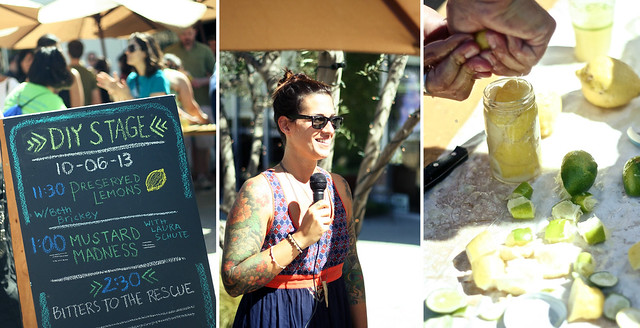
How-to Make Preserved Lemons
Along with the gluten-free cooking demo I hosted on Saturday night at Surfas, I had the pleasure of hosting a hands-on preserved lemons workshop this weekend at the Patchwork Show Edible Edition in Costa Mesa and it was so much fun! It was a packed house. My only regret is that I didn’t stop to take some photos of everyone working on their jars of preserved lemons. It was so fun for me to look out and see everyone getting their hands dirty and learning to do make something new. Not a single person there had ever made preserved lemons!
For those that were are the workshop, these are the instructions for what I taught you on Sunday, thanks again so much for coming. For those that couldn’t make it to the workshop, here is how you easy it is to make preserved lemons. It is really this simple.
I prefer to work with a 16-ounce or quart-sized wide-mouthed jar when I can, but they just aren’t always available at our house, I literally use jars for everything. So, these measurements are for one 12-ounce jar. Adjust your quantities as needed for different sized jars or multiples. Additionally it should be noted, the amount of salt and the number of lemons is just an approximation. It doesn’t have to be exact and it will depend on the size of your lemons.
By the way, you can also add spices to your preserved lemons such as, cinnamon sticks, bay leaves, peppercorns, cloves, coriander, dried peppers, cardamom, etc.
In the event you have never heard of preserved lemons before, they are a popular Moroccan condiment. Great in traditional Moroccan dishes like tagines and stews, roasted chicken or steamed fish, but they are also amazing on grilled or steamed vegetables, grain salads, pasta dishes, salsa and dips, pizzas, salads, etc. You can really use them anywhere that lemon zest is called for, to get an extra zing. Check out the bottom of this post, where I share a bunch of great recipes utilizing these preserved lemons. I find Meyer lemons produce the best taste, but any lemon will work.
OK so some quick science fun-time for you guys on how the preserving actually works: The lemons are preserved not only by the salt and acidic lemon juice, but also by lacto- fermentation. That special ‘lactic acid bacteria’ enjoys the salty conditions and causes fermentation. The bacteria produces acid (which helps preserve the lemons and tastes great) and carbon dioxide (which displaces the air in the jar above the lemons, also helping to preserve them).
Preserving them doesn’t affect all the lovely the vitamin C – that’s left for you to enjoy the benefits of. The result is an unusual and particular flavour – still very lemony and aromatic, but also slightly fermenty, quite salty, less acidic and more rounded out. [Source: Preserving Guidelines – Riverford Organic Farms, page 2]
[print_this]How-to Make Preserved Lemons
Makes one 12-ounce jar. Double or triple for multiple jars or a larger-sized jar.
- 4 to 6 organic lemons (regular or Meyer) – scrubbed clean and dried
- 1/2 cup sea salt or kosher salt
- additional fresh lemon juice
- 1 sterilized 12-ounce glass jar (you can also just run it through a cycle in your dishwasher, which is what I do)
Add about 2 tablespoons of salt to the bottom of the jar. Cut any protruding stems from the lemons and cut each into quarters. You can also cut into slices or for larger mouthed jars you can do it the traditional Moroccan way which is to cut an “X” shape, like you are cutting it into quarters but not cut all the way through and pry open the lemon to stuff it with salt. Then squeeze it shut and add it to the jar.
Add the first four lemon pieces into the jar, adding more salt on top a tablespoon or so. Using the back of a spoon, start squishing and mashing the lemons down to release the juices.
Continue adding more lemons and salt between each layer and continue mashing down so the juices rise to the top. Pack the jar with as many lemons as you can squeeze in. Cover with more fresh lemon juice, if need be. You want the lemons to be below the liquid line and you should leave a small amount of space at the top of the jar. Add additional salt to the top of the jar.
Seal the lid on the jar tightly. Give it a good shake.
Allow the jar to sit at room temperature, in a cool dark place, for a couple of days. Turning it upside down occasionally and pressing the lemons down once a day to make sure they’re sitting below the lemon juice to ensure preservation. After those few days, if you need to add more lemon juice go ahead, then transfer it to the fridge and leave there for at least 3 weeks until the rinds soften. Shake and rotate the jar every day to redistribute the salt. If a piece of lemon is not covered by juice, it can develop a white mold that is harmless and just needs to be washed off.
Once they are ready to be eaten, pull one (or more) out, rinse thoroughly in water to remove excess salt and any seeds. Chop the peel into small pieces or cut into thin strips. The flesh can sometimes too salty to use, but you can use it in sauces and stews. You can also squeeze out the juice and discard the flesh, then add the juice to a bloody mary.
It will keep in the fridge for about 6 months.
*Bonus – you can also use limes, too. [/print_this]
Here are some great recipes utilizing preserved lemons:
Roasted Chicken With Preserved Lemons
Garam Masala and Preserved Lemon Hummus
Red Onion, Parsley, and Preserved Lemon Salad
Squash and Chickpea Stew with Preserved Lemons
Moroccan Lamb Stew with Preserved Lemons
Chicken Tagine with Preserved Lemons
Preserved Lemon and Spring Vegetable Risotto with Grilled Pernod Shrimp
Ethiopian Chickpea and Cauliflower Stew with Preserved Lemons
Spicy Almond Basil Pesto with Preserved Lemon
Sautéed Brussels Sprouts with Nduja and Preserved Lemon
Potato Salad with Preserved Lemon
* look for a couple of recipes here on Tasty Yummies in about 3 weeks (haha)

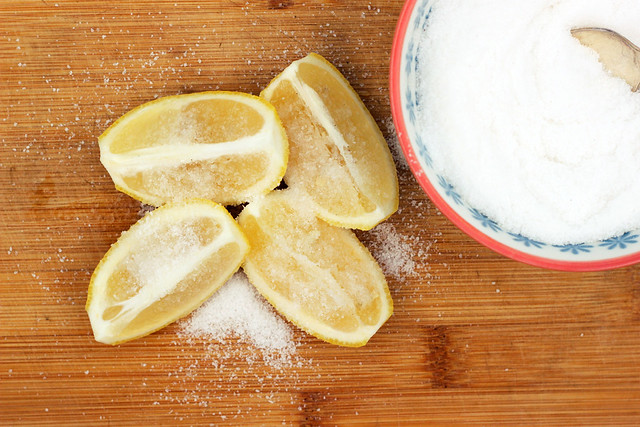
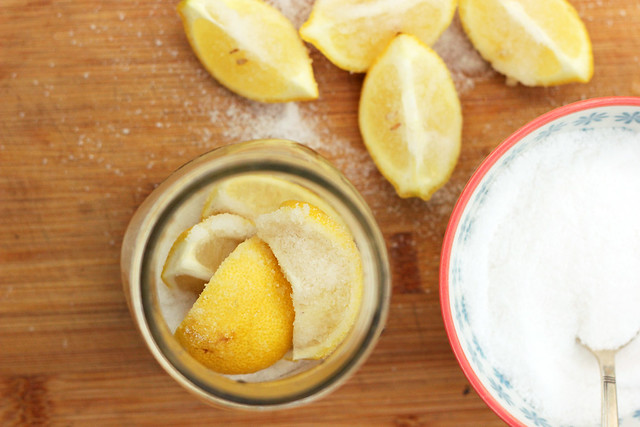
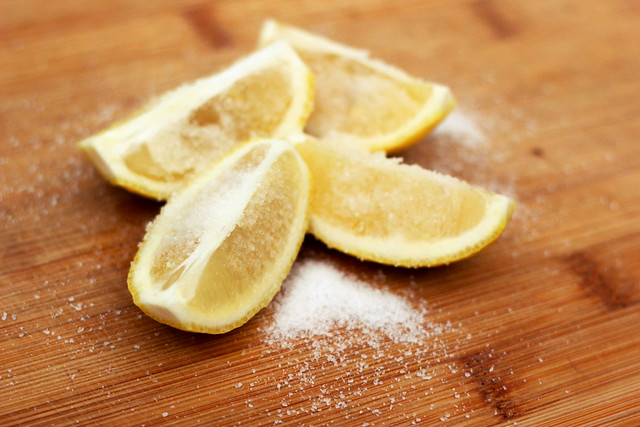

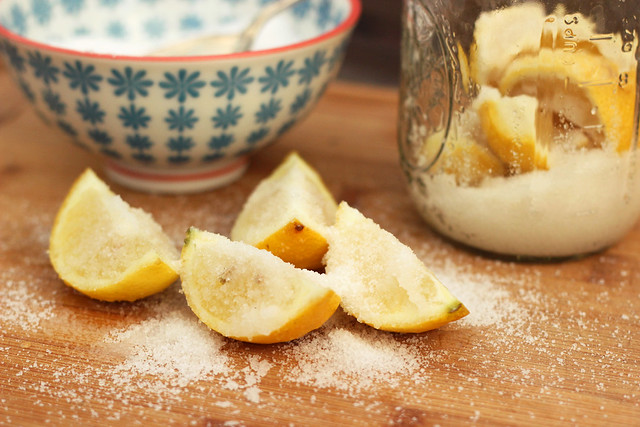


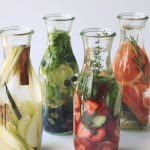
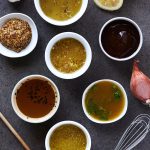


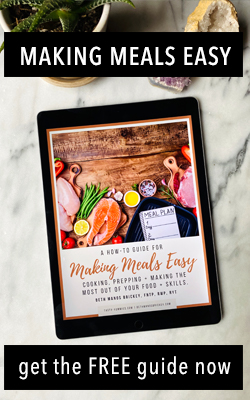
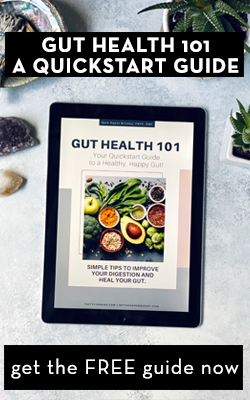




4 Responses
I really love your blog and you discuss great healthy topics!
Hi Beth! Met you Saturday at the Patchwork show. My husband and I talked with you at Kelly Brozyna’s booth and later attended your cooking demo at Surfas. We enjoyed your demo and the dessert. I know you said you were a bit nervous but you worked like a pro!! Nice to meet you, keep up the good work , I love your blog.
Love your preserved lemons – and thanks for the shout-out! 🙂
I have been watching Jamie Oliver’s 15 minute meal show recently, and he loves using preserved lemons, which has been making me want to use more preserved lemons. My husband was like “just make them yourself!” and I told him I didn’t think you can make them yourself because for some crazy reason I thought that you needed special lemons for that. Well now that I see this post I am so excited to actually make them myself!! If I wasn’t at work I think I would totally be in the kitchen right now making these. Thank you so much for this amazing post!!!!